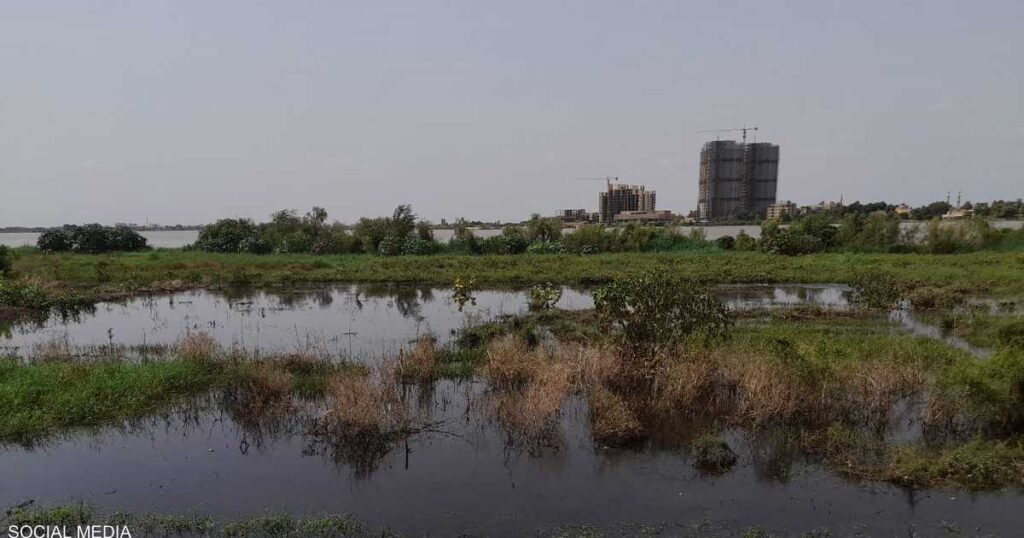The Nile’s route in Khartoum has shrunk noticeably in recent years as a result of architectural and agricultural development projects that failed to account for the potential influence on water levels in other areas, posing a serious threat to people’s lives and property.
The Khartoum state authorities acknowledged the inadequate preparations for floods and the effects of a possible rainy season; the appointed governor stated in media briefings that the preparations are less than necessary due to a lack of funding; he emphasised the urgent need to find the necessary funding for the work of embankments and protective barriers capable of dealing with rising Nile levels.
The recurrent issues of fall are inextricably linked to the degradation of Khartoum’s infrastructure, which is home to around 9 million people.
Mukhtar Omar Saber, Director General of Roadways and Bridges at Khartoum State’s Ministry of Infrastructure, admits to Sky News Arabia that fall water is frequently a significant load on the infrastructure of roads, water, and sewage networks.
Saber adds that the timographic character of Khartoum hinders the passage of water, particularly during heavy rains, torrential showers, and floods.
Fears are mounting among the people as a result of rising water levels, particularly in places south of Khartoum, which are typically more impacted.
According to Mahmoud Ali, a resident of the Al-Kalakla neighbourhood in southern Khartoum, inhabitants of the districts along the White Nile are profiting from the situation and forming night patrols in which young people engage to monitor any possible risk.
Ali added that the preceding two years had been difficult for them, as people lost lives and property and experienced several diseases and epidemics as a result of water buildup and terrible environmental circumstances.
Over the last two years, floods have killed over 200 people, injured over a million people, ruined thousands of homes, and wrecked thousands of acres of agricultural land in Sudan.
For more than three weeks, major portions in the country’s north and centre have been devastated by heavy rains that have washed over 250 settlements and killed about 100 people. Due to the torrential torrents that separated most of those settlements and caused major damage to several of the key roadways, humanitarian help given from overseas and by local groups was delivered with tremendous difficulty.
Special water has surrounded Khartoum… and there are only minimal measures to deal with the crisis.

